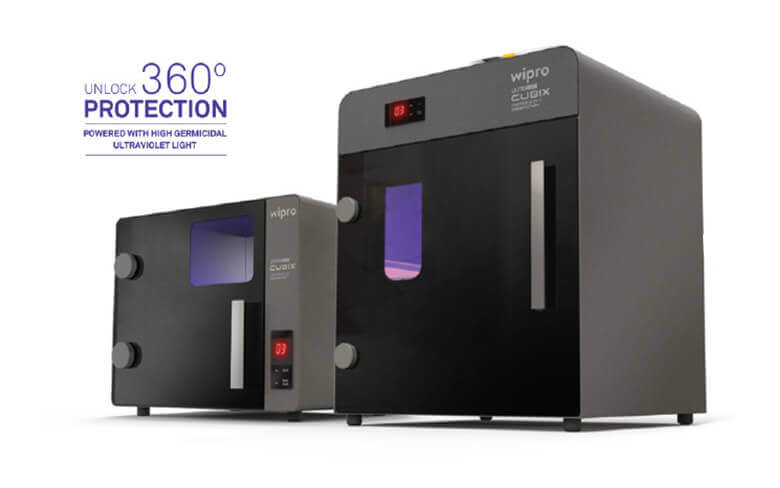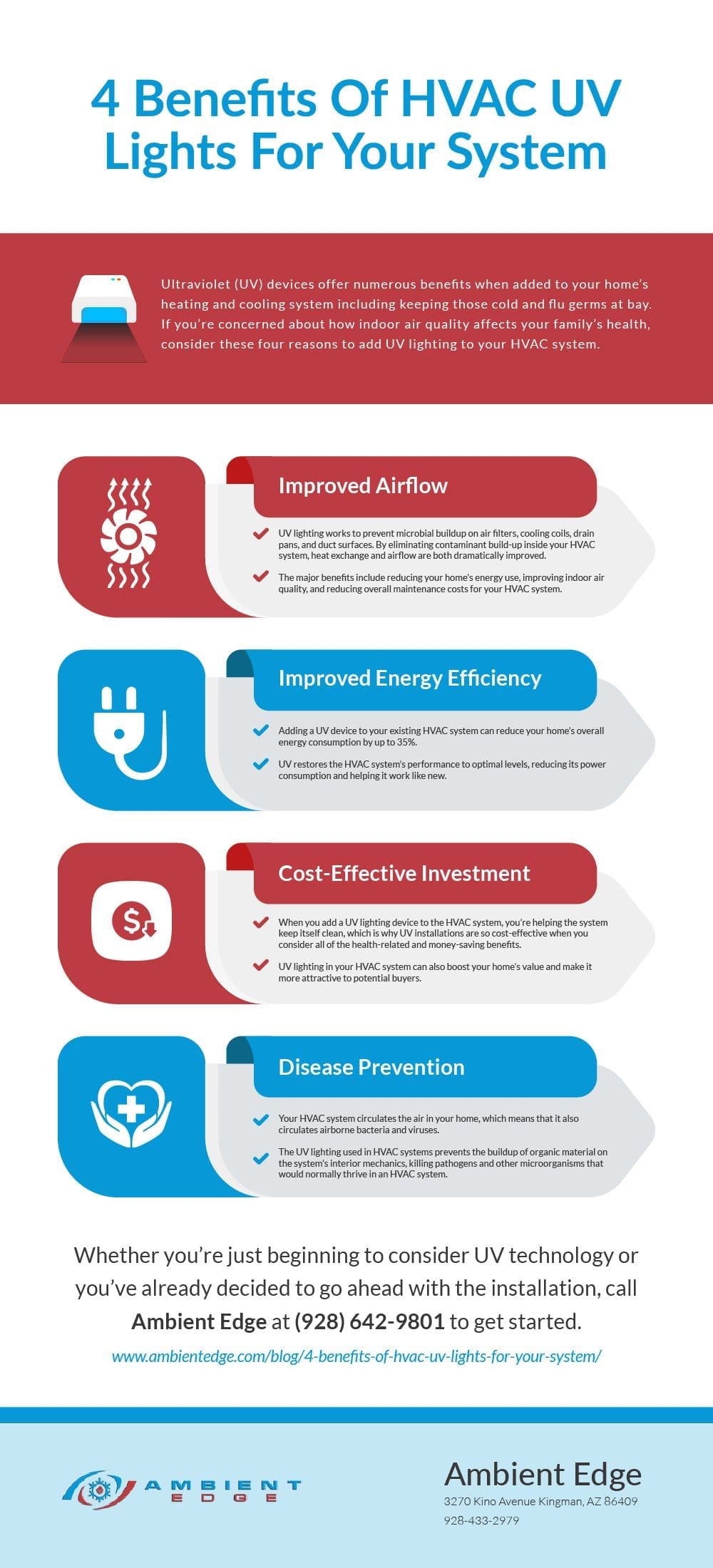Some Known Details About Uvc Light
Some Known Details About Uvc Light
Blog Article
Getting My Uvc Light To Work
Table of ContentsThe Main Principles Of Uvc Light Some Known Details About Uvc Light Everything about Uvc LightAll About Uvc LightUvc Light Fundamentals Explained5 Simple Techniques For Uvc Light
A new type of ultraviolet light that may be risk-free for people took much less than five mins to decrease the level of interior air-borne microbes by more than 98%, a joint study by scientists at Columbia University Vagelos College of Physicians and Surgeons and in the U.K. has discovered. Even as microbes remained to be sprayed right into the area, the level continued to be really reduced as long as the lights were on.But until now these studies had actually just been performed in tiny experimental chambers, not in full-sized areas resembling real-world conditions. In the current research study, scientists at the University of St. Andrews, College of Dundee, University of Leeds, and Columbia College checked the efficiency of far-UVC light in a huge room-sized chamber with the very same ventilation rate as a typical office or home (regarding 3 air changes per hour).
The efficacy of various techniques to minimizing indoor virus levels is usually gauged in regards to equivalent air changes per hour. In this research study, far-UVC lamps generated the equivalent of 184 equivalent air exchanges per hour. This exceeds any kind of other method to disinfecting busy interior rooms, where 5 to 20 equivalent air modifications per hour is the very best that can be attained almost.
The 20-Second Trick For Uvc Light

The main parameters of UV-C disinfection are wavelength, dose, loved one humidity, and temperature. There is no agreement regarding their optimum values, however, as a whole, light at a high dose and a spectrum of wavelengths including 260 nm is preferred in an environment at area temperature with low loved one humidity. This light can be created by mercury-vapour, light-emitting diode (LED), pulsed-xenon, or excimer lights.
UV-C sanitation systems have promising attributes and the prospective to improve in the future. UV-C disinfection ought to currently be thought about for low-level rather than top-level disinfection.
Another application occurred in 1910 when UV light was used to sanitize water. The innovation was not extremely reliable at the time and it took better technological developments prior to UV water sanitation came to be popular once more in the 1950s [ 2] Nowadays, UV light is utilized for water, air, food, surface, and medical equipment sanitation.
Uvc Light Fundamentals Explained
DNA, RNA, or proteins of a micro-organism absorb website link UV light, with a peak absorbance around 260 nm [6] This causes the interruption of DNA or RNA, leading to the inactivation of the micro-organism. UV-C-induced DNA disruption typically is composed of the bonding of 2 adjoining thymine (or cytosine) bases rather of the standard linking of a base with its corresponding base upon the other hair.

The UV-C area is used for sanitation their website yet there is no consensus on the precise optimal wavelength. Bacterial DNA and RNA have peak absorbances of light at 260265 nm and around 260 nm, respectively [6] Light at 260 nm can cause the most disturbance (uvc light). Nevertheless, different micro-organisms are most at risk to a little different wavelengths.
Uvc Light - An Overview
On the various other hand, it has technological ramifications considering that the complete energy of the light beam is then divided over all present wavelengths. A micro-organism that is susceptible to 254 nm light will certainly be suspended more by a light that releases only light at 254 nm than a lamp that discharges a wavelength spectrum at equivalent overall energy.
Direct exposure times of 1045 minutes for space sanitation and 25 s to 5 min for medical tools were encountered in literature.
Even more, the outcome of a light lowers over time, so it is advised to calculate the dosage at the end of light life, which is representative of a worst-case circumstance. The dose likewise affects the amount of photoreactivation.
Zhang et al. observed a change in UV irradiance of 34% when the RH enhanced from 50% pop over to this site to 90% [18] The quantity of RH impact on UV effectiveness depends on the here and now micro-organism and is a lot more obvious for germs than for infections [16] The impact of temperature depends on the light source.
Our Uvc Light Statements


This is called much UV-C innovation and is a reasonably brand-new sanitation technique with limited understanding regarding its efficiency. This makes it riskier to totally count on this technology for disinfection in the medical facility and it is consequently not widely made use of [21] However, it additionally has benefits such as a reduced risk for usage near people as a result of a reduced penetration depth into the skin and eyes [ 26]
In study, the outcomes on pulsed versus continuous UV-C sanitation effectiveness vary. When comparing pulsed and constant light it is essential to keep various other variables such as wavelength and dosage consistent. Nyangaresi et al. and Sholtes et al. both discovered that pulsed or continual light sent out by LEDs led to comparable log10 decreases [15,28]
The Best Guide To Uvc Light
In situation ozone is not needed for sanitation, a modified lamp can be used. For mercury-vapour lights, drugged quartz glass or specialized soft glass can strain short-wave UV-C light. For pulsed-xenon, drugged quartz can be utilized as well [30] UV-C has encouraging functions for disinfection such as automatic sanitation, being much less lengthy than extensively utilized guidebook or chemical disinfections, leaving no dangerous residuals, and being eco-friendly (if no mercury-vapour lamps are made use of) [31,32]
Report this page